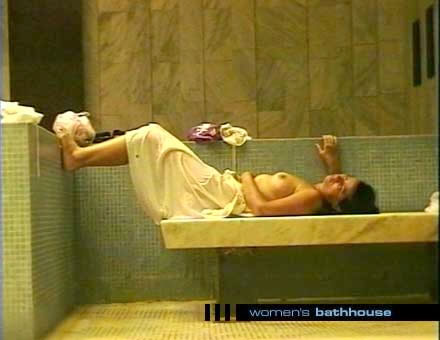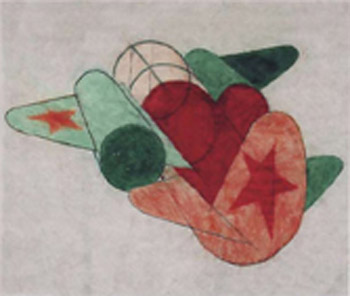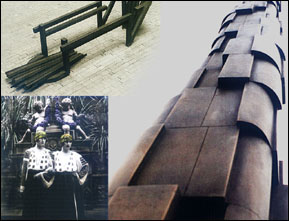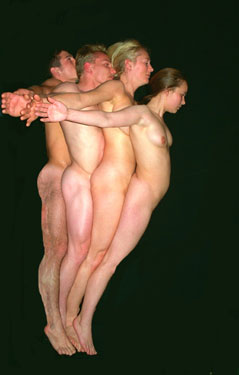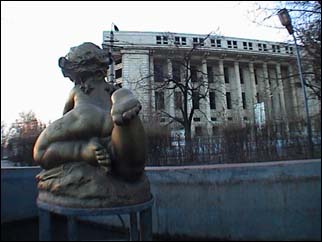Liberating Power of Exiled Laughter: Gender, Caricature, and the Antifascist Movement in Prewar Czechoslovakia. The Case of Simplicus.
When Hitler took power in 1933, many artists and intellectuals left Germany and continued their work after emigration. One of the countries that provided a new “home” to a number of those exiled was Czechoslovakia.
By January 1934, a group of German artists had already published in Prague the first issue of a satiric weekly magazine called Simplicus. Although the Czech version of this periodical was terminated early on, the German version, initiated by Hans Nathan and Heinz Pol, continued to be published under the title Der Simpl through 1939.
Bringing together Czech and German artists and writers, including … Read more







